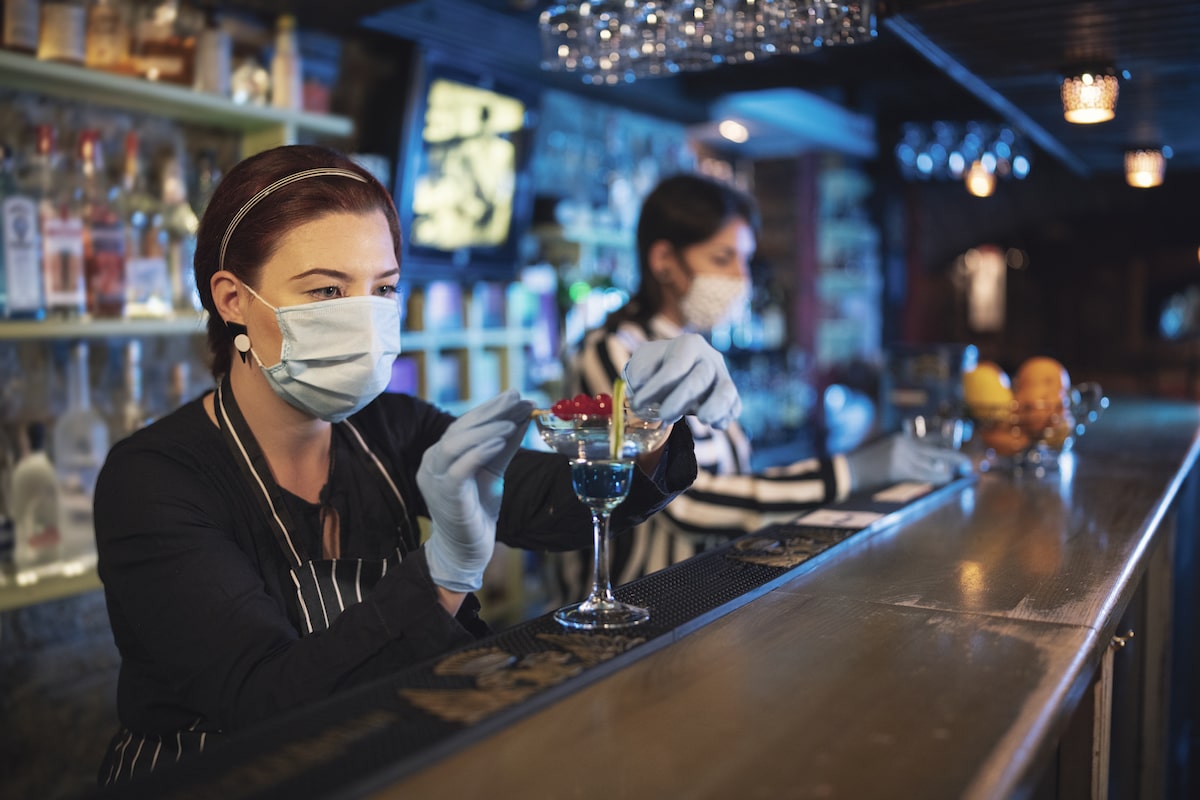<< Back
Why Post-Pandemic a Cause of Panic For Those With Anxiety Disorders

March 11, 2021
While many yearn to return to large gatherings, public outings and even taking the bus to work again, thousands with anxiety disorders feel gathering panic over post-pandemic living.
Research in the United Kingdom discovered that one in five of the 2,000 people polled last month will actually refuse to return to “normal” life unless new public health measures improving air quality indoors are enacted.
Other signs of lingering anxiety uncovered by the researchers include:
- 15 percent felt comfortable taking public transport.
- 80 percent wouldn’t feel comfortable in a bar.
- 72 percent wouldn’t feel comfortable in a restaurant.
- 61 percent wouldn’t want to spend time at a friend’s house.
- 44 percent were nervous to return to work in an office setting.
- 13 percent would return to a theater or cinema.
“Many people who suffer from anxiety will find the prospect of resuming normal activities difficult. Some will fear the spread of COVID-19,” said Dr. David Tolin, director of the Anxiety Disorders Center at the Institute of Living, part of the Hartford HealthCare Behavioral Health Network.
Some with anxiety disorders, he explained, already struggle with a fear of germs or crowds. That will likely be exacerbated after pandemic in which the desire to avoid infection led to widespread lockdowns and quarantines.
“It’s likely that their fears have been magnified during the pandemic and will continue to be problematic during the reopening,” Dr. Tolin said, adding that others who struggle with anxiety may have settled into a routine during the pandemic and will find the change stressful.
But the change is inevitable. Several states, including Connecticut, have started relaxing restrictions on public gatherings and occupancy levels in restaurants and other public venues. Anyone experiencing anxiety about resuming activities should proceed slowly, Dr. Tolin said.
“Everyone needs to recognize that it will still be a while before we are out of this, so there’s no rush,” he said.
To overcome anxiety in the return to work, life and family activities, he referred to Centers for Disease Control (CDC) guidelines that continue to promote mask-wearing, social distancing and hand hygiene to prevent the spread of COVID-19.
“People need to recognize that there are no absolute guarantees of safety, but if we practice safe strategies such as those outlined by the CDC, we are doing the best that we can,” Dr. Tolin said. “The best strategy is to recognize what you can control, and let go of what you can’t. You can’t completely control the spread of COVID-19, but you can control whether you follow safe practices.”
Anxiety, in most cases, will subside with time, he continued. If it does not and the feelings are affecting one’s quality of life negatively or getting in the way of usual activities, it could be a sign that it might be time to seek professional help.